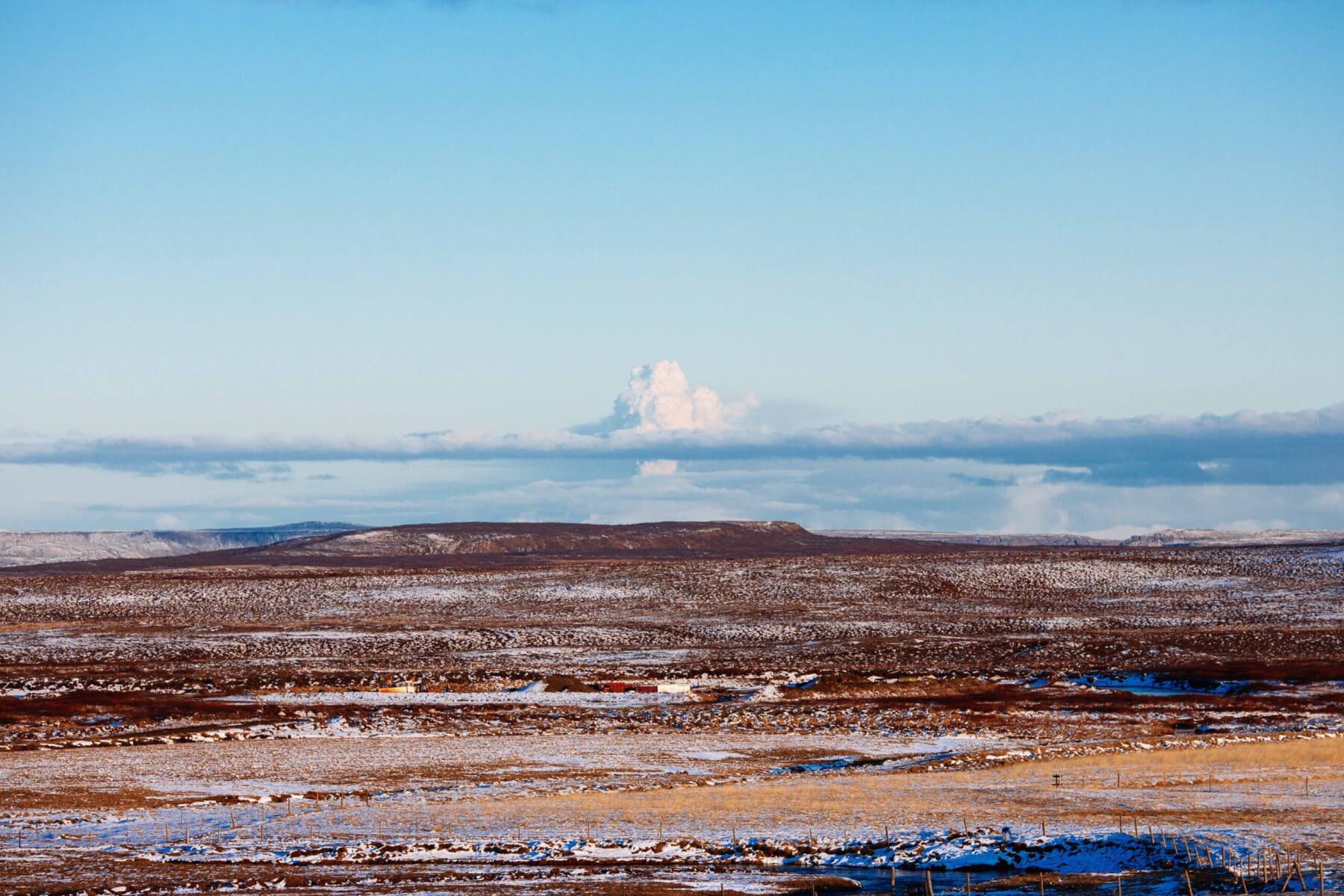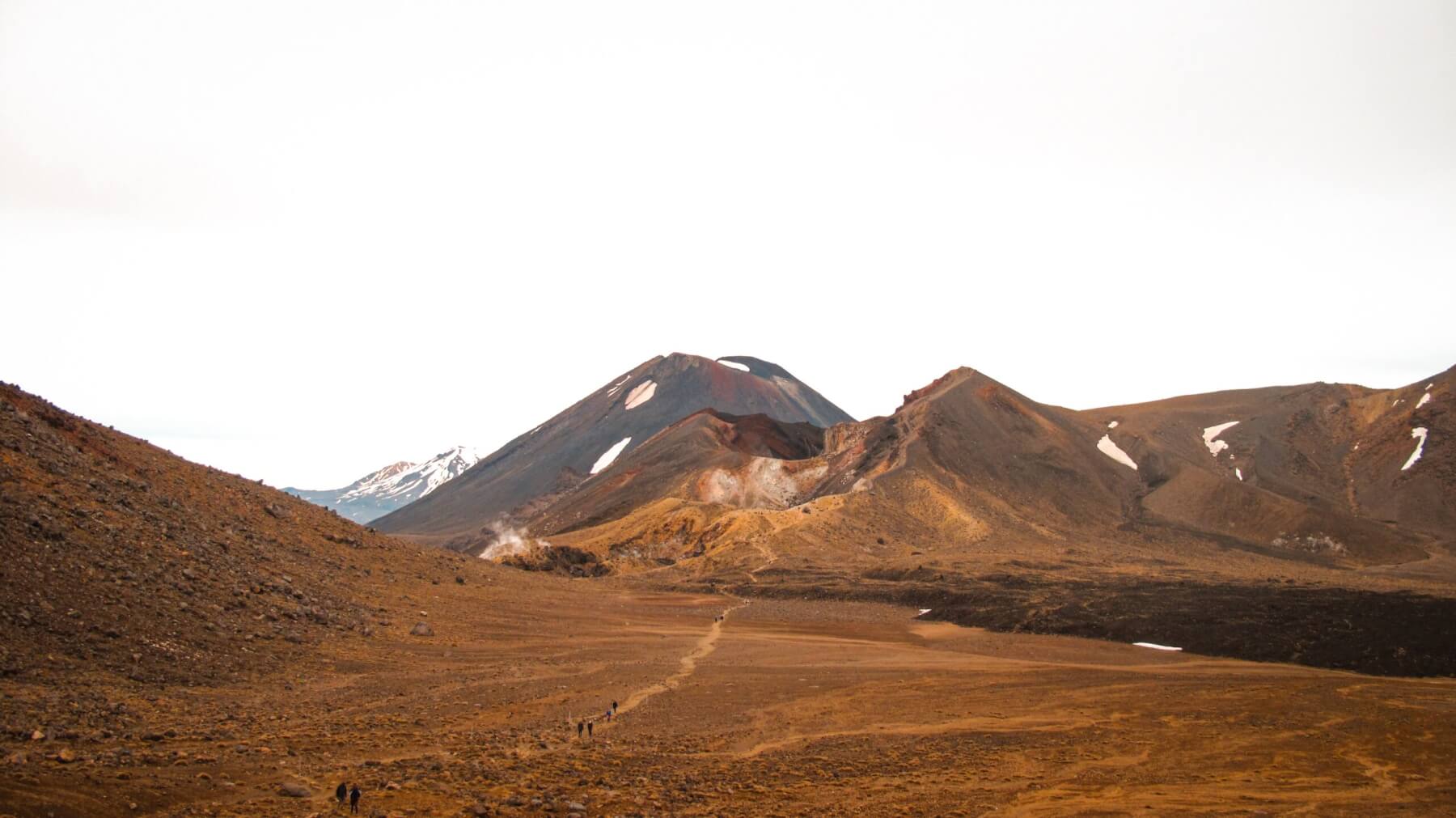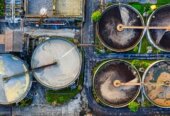Part of being prepared for volcanic eruptions is understanding what aspects of our lives might be impacted.
Many may remember how the Eyjafjallajökull (or “that Icelandic volcano”) eruption shut down airways over Europe in 2010, we know much more about volcanic ash now. Here in Aotearoa/New Zealand, agriculture is a significant consideration, especially here in the Waipā district.
I spent much of my childhood on my grandparent’s dairy farm with their Jersey cows, I understand how important this is. As a reminder, volcanic ash is pulverised rock that was magma, blown apart during explosive eruptions. Volcanic ash from Ngāuruhoe reached my grandparents’ farm just north of Te Awamutu in 1975. That won’t be the last time.
It is important that as a country that depends on agriculture, we prepare for events and individually have a solid foundation of good information so that we can act faster, and therefore recover faster. When we have our next eruption, these are the aspects our farmers and industries will be wanting to be aware of, as well as all of us who may have to take some precautionary steps. At least 2000 grazing animals died from fluorosis following an eruption of Ruapehu on October 11, 1995. We take this seriously and there are testing protocols in place to determine if this is a threat during an eruption.
There are a lot of misleading headlines out there about “toxic” volcanic ash, but we need to test the properties of the ash before those conclusions are reached. There are several important aspects that influence what the impacts are. This includes the chemistry of the ash and any coating on the ash surface, like high concentrations of fluoride that can lead to fluorosis; how fine or coarse the ash particles are; how thick the deposit is, which changes with the distance from the volcano; the abrasive nature of ash; the size and type of the eruption plus wind direction, determining what areas are impacted; the existing environment, such as vegetation types, pasture length, climate, and rainfall; the species, age, and health of livestock; and the precautions and response actions taken by people. We continue to learn about these aspects from the impacts of eruptions around the world.
Depending on those factors, ash can damage machinery and vehicles, result in crop and livestock losses, contamination of water sources, damage to forestry (depending on tree age and/or the amount of ash), block transportation routes, impact power supply and communications, block gutters (which can lead to flooding inside), and can collapse roofs (depending on roof type and ash thickness).
I want to stress that these really are dependent on the factors I mentioned above. Having ashfall on your farm is not an automatic disaster.
There are naturally big concerns about water contamination, research shows that chemicals that may leach out of ash usually affect the taste long before toxic concentrations are reached, and short-term exposure is unlikely to cause harm (thanks to Dr Carol Stewart for sharing this during the recent Tonga eruption). We are fortunate enough to have researchers here in New Zealand who are experienced in testing and researching ash and the impacts.
For much more information including case studies, human health information, and actions that can be taken, go to GNS Website
The GNS website has ash impact posters for infrastructure managers, and possible effects with different thicknesses of volcanic ash deposits.











